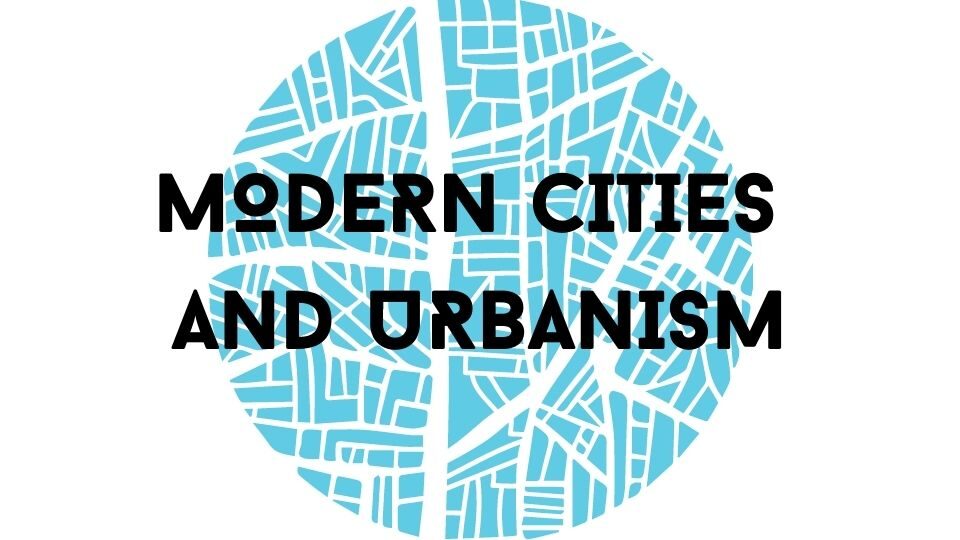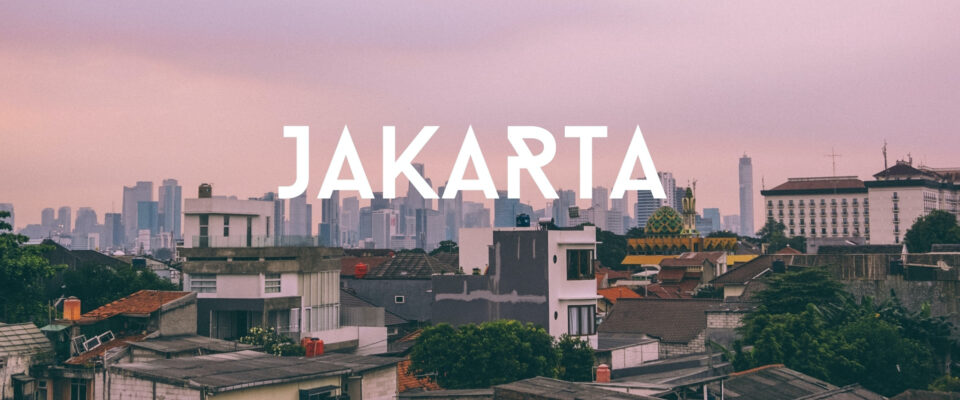Jakarta, the capital of Indonesia, is the largest city in Southeast Asia with a population of over 10.5 million people in 2020. Combined with its neighboring cities, the Jakarta metropolitan region is the second largest metropolitan area in the world after Tokyo.
Although Indonesians have settled in Jakarta as early as the fourth century, the area was first colonized by the Dutch in the seventeenth century with the expansion of the Dutch East India Company (VOC). Batavia, the colonial walled city, served as the capital of the VOC and quickly grew in population as more laborers and migrants moved to work in the sugar plantations and Dutch households. The Dutch were very rigid in adhering to social hierarchies; the elite Europeans lived inside the walled city while the enslaved population and Chinese migrants had limited rights and faced heavy discrimination.
After Indonesia received full independence from the Dutch in 1949, Jakarta became the capital of a newly independent country. During the second half of the twentieth century, Suharto’s New Order regime consolidated power and oversaw the country’s modernization. Despite rapid economic growth in the 1970s and 1980s due to Jakarta’s growing status in manufacturing and finance, Jakarta – and Indonesia, more broadly – faced a tumultuous period in its society. Chinese Indonesians remain a target of state-sanctioned discrimination and were banned from publicly celebrating their heritage until the 2000s.
When the 1997 Asian Financial Crisis reached Indonesia, it resulted in the May 1998 riots, which was the culmination of the public’s discontent with Suharto’s regime. The riots originated from the public’s opposition to widespread corruption, rising unemployment, and food shortages. However, the riots also targeted Chinese Indonesians, whose businesses were looted and burned down. Months later, Suharto resigned as the country’s leader, allowing Indonesia to enter Reformasi or its reform era.

